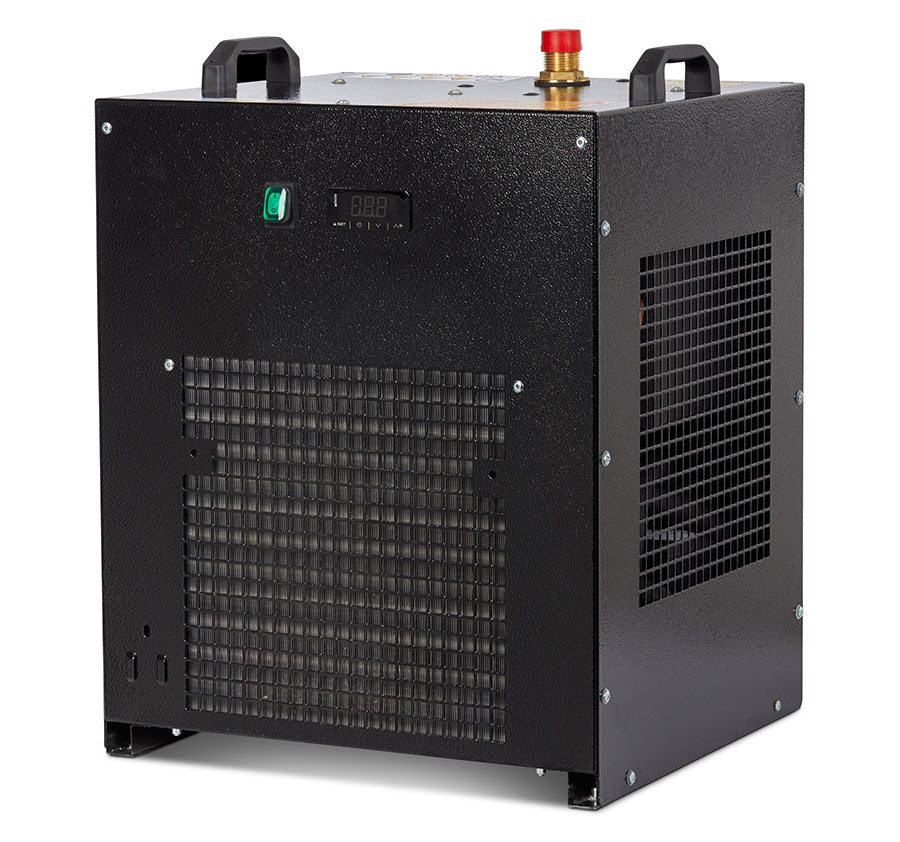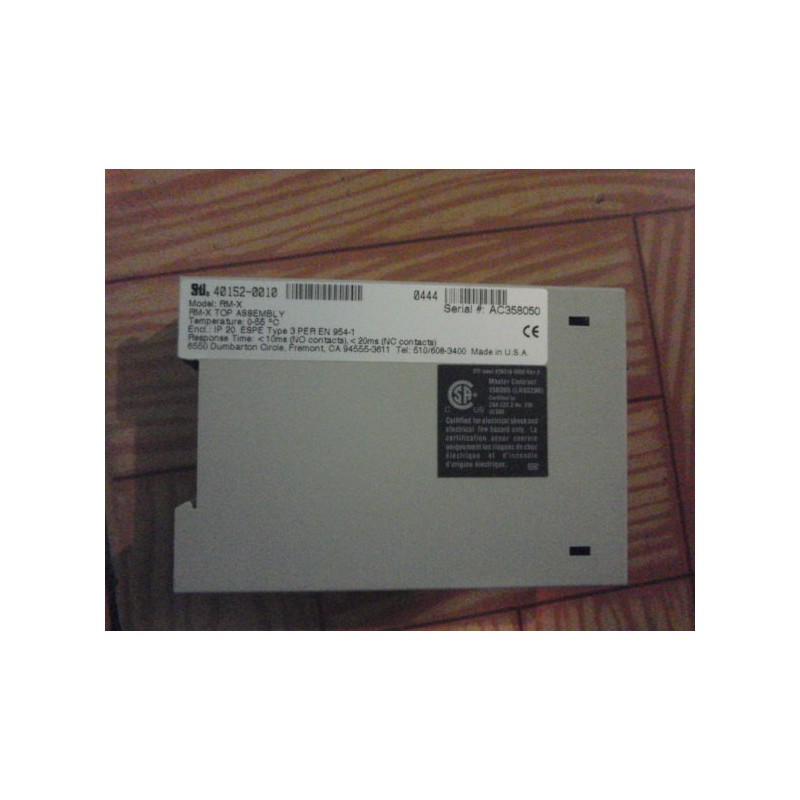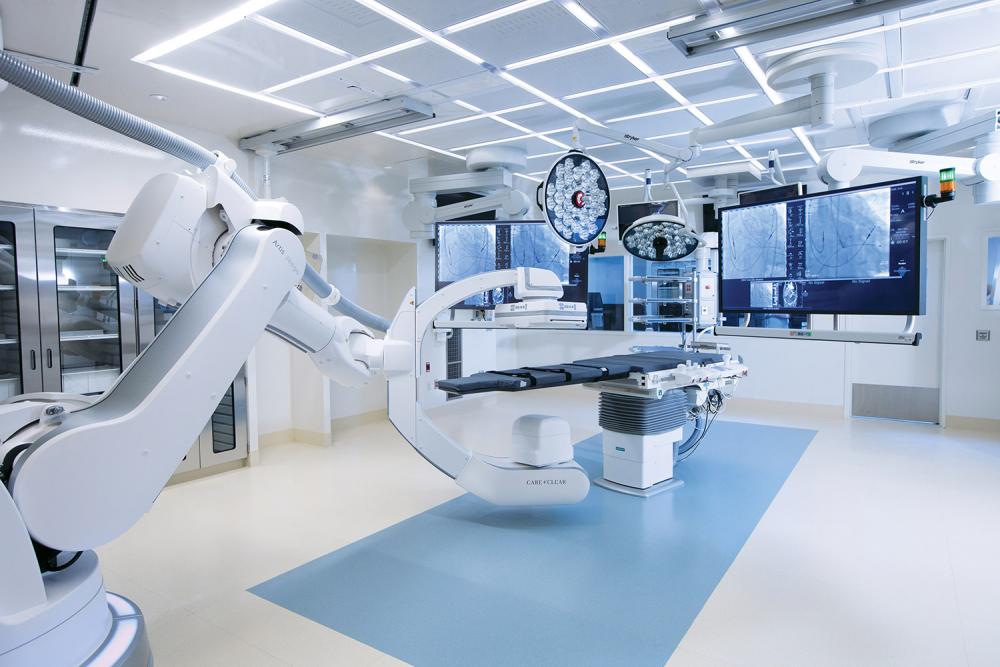Twister Technology: Harnessing Vortex Power
Twister technology, a fascinating field that explores the power of vortices, has emerged as a potential game-changer across various industries. This technology draws inspiration from nature’s swirling forces, harnessing the […]
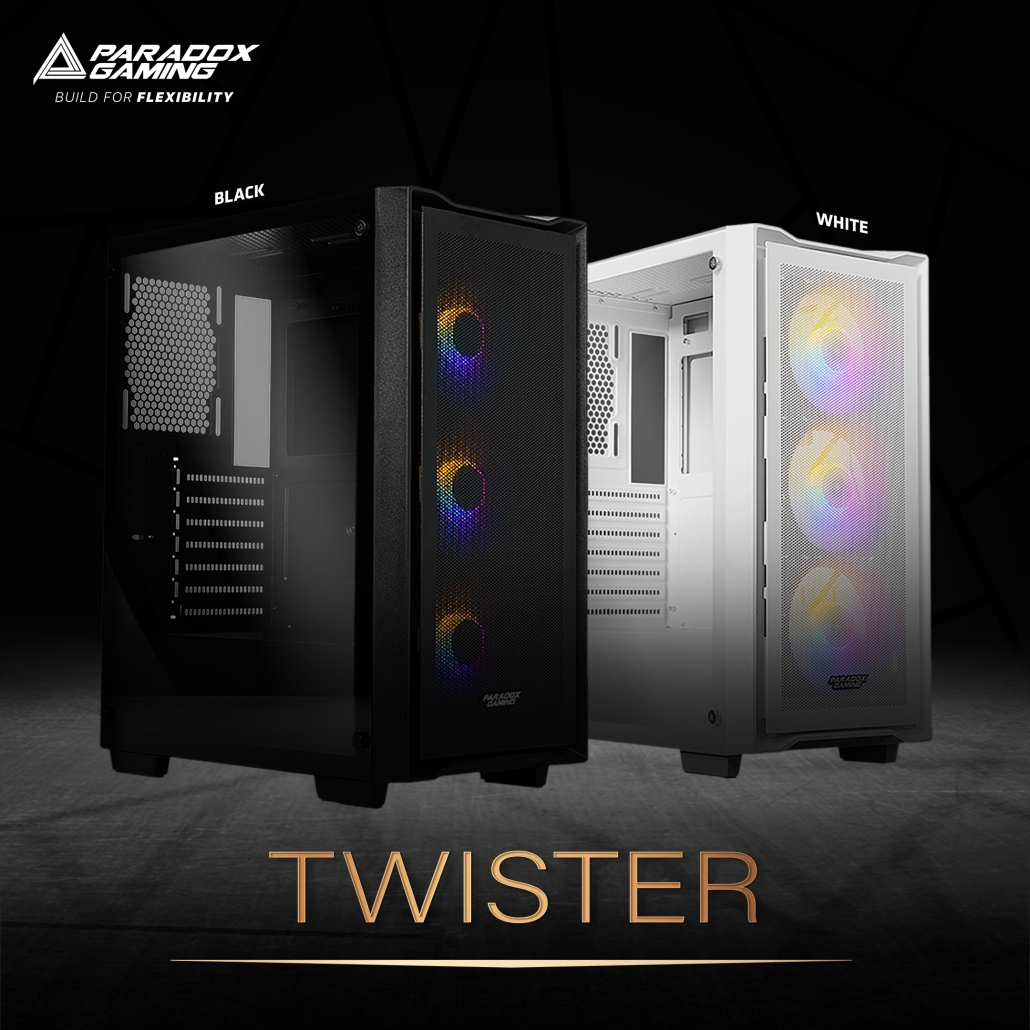
Twister technology, a fascinating field that explores the power of vortices, has emerged as a potential game-changer across various industries. This technology draws inspiration from nature’s swirling forces, harnessing the energy and potential of rotating fluid masses. From power generation and environmental remediation to aerospace and agriculture, twister technology holds the promise of innovative solutions to some of the world’s most pressing challenges.
Twister technology operates on the principle of vortex generation, where swirling fluids create concentrated areas of energy and pressure. By understanding and manipulating these vortices, researchers and engineers can unlock a range of applications. The technology’s potential lies in its ability to create efficient, sustainable, and versatile solutions, offering a unique approach to tackling complex problems.
Twister Technology

Twister technology, also known as vortex technology, is a field of study and application that explores the principles and applications of vortices, which are swirling patterns of fluid motion. It draws inspiration from natural phenomena like tornadoes, hurricanes, and whirlpools, and aims to harness the power and unique characteristics of vortices for various purposes.
Historical Context and Evolution
Twister technology has its roots in the study of fluid dynamics, dating back to the early 20th century. Pioneers like Theodore von Kármán and Ludwig Prandtl made significant contributions to understanding the behavior of fluids and the formation of vortices. Early research focused on analyzing the properties of vortices in different fluid mediums and their impact on objects moving through them.
In the latter half of the 20th century, the development of advanced computational tools and experimental techniques enabled researchers to delve deeper into the complexities of vortex dynamics. This led to a surge in research exploring the potential applications of twister technology in various fields, including:
- Aerodynamics: Vortex generators are used on aircraft wings to improve lift and reduce drag. These devices create small vortices that manipulate airflow over the wing, enhancing its performance.
- Energy Generation: Vortex-based turbines have been proposed as a novel method for harnessing wind energy. These turbines use the rotational energy of vortices to generate electricity, potentially offering advantages over traditional wind turbines.
- Mixing and Separation: Vortex technology is employed in industrial processes for mixing fluids and separating different components. Vortex mixers utilize the intense mixing action of vortices to achieve rapid and efficient blending, while vortex separators leverage the centrifugal force of vortices to separate particles of different densities.
Fundamental Concepts
The core principles of twister technology are rooted in the physics of fluid dynamics, specifically focusing on the generation, behavior, and interaction of vortices.
Vortex Generation
Vortices are generated when a fluid encounters a disturbance or obstacle. This disturbance can be a rotating object, a sharp edge, or even a change in the fluid’s velocity. The disturbance creates a pressure difference within the fluid, leading to a swirling motion that forms a vortex.
Fluid Dynamics
The behavior of vortices is governed by the principles of fluid dynamics. Key factors that influence vortex formation and evolution include:
- Fluid Viscosity: The viscosity of the fluid affects the rate of diffusion of momentum, influencing the size and stability of the vortex. Higher viscosity fluids tend to form larger and more stable vortices.
- Fluid Density: The density of the fluid determines the inertial forces acting on it, influencing the speed and strength of the vortex. Denser fluids generally produce stronger vortices.
- Reynolds Number: The Reynolds number is a dimensionless quantity that represents the ratio of inertial forces to viscous forces in a fluid. It plays a crucial role in determining the flow regime, influencing the formation and behavior of vortices. For high Reynolds numbers, turbulent flow dominates, leading to the formation of complex and chaotic vortices.
Energy Transfer
Vortices possess significant energy, which can be transferred to surrounding objects or fluids. This energy transfer can be harnessed for various applications, such as:
- Mixing: The rotational energy of vortices can be used to mix fluids effectively, enhancing chemical reactions and improving product quality.
- Separation: The centrifugal force generated by vortices can be utilized to separate particles of different densities, facilitating processes like sedimentation and filtration.
- Energy Generation: The kinetic energy of vortices can be converted into mechanical energy, potentially serving as a source of renewable energy.
Applications of Twister Technology
Twister Technology, a revolutionary approach harnessing the power of swirling vortexes, has found applications across various industries, offering innovative solutions for energy generation, environmental remediation, and even manufacturing processes. This technology utilizes the principles of fluid dynamics to create powerful, controlled vortexes that can be harnessed for a variety of purposes.
Power Generation
Twister Technology can be utilized to generate clean and renewable energy. The principle behind this application is the creation of a powerful vortex that draws in air, increasing its kinetic energy. This energy can then be converted into electricity using a turbine. The technology can be used in various scenarios, including:
- Wind Energy: Twister technology can be integrated into wind turbines to enhance energy generation. The swirling vortex created by the twister can increase the speed of wind entering the turbine, thereby boosting power output.
- Hydropower: The same principle can be applied to hydropower generation, where the vortex can be used to enhance the flow of water through turbines.
- Tidal Power: Twister technology can be used to harness the energy of ocean tides, creating a vortex that drives turbines to generate electricity.
Environmental Remediation
Twister Technology has shown promising potential in addressing environmental challenges, particularly in areas like waste management and pollution control. The swirling vortex created by this technology can be used to:
- Waste Treatment: The powerful vortex created by twister technology can be used to separate and treat various types of waste. For example, it can be used to separate recyclable materials from non-recyclable waste.
- Air Pollution Control: Twister technology can be used to capture and remove pollutants from the air. The vortex can be used to draw in polluted air, and then a filtering system can be used to remove harmful particles and gases.
- Water Treatment: Twister technology can be used to remove contaminants from water. The vortex can be used to create a centrifugal force that separates contaminants from the water.
Manufacturing
Twister Technology is finding applications in various manufacturing processes, offering innovative solutions for mixing, blending, and separation. The swirling vortex created by this technology can be used to:
- Mixing and Blending: The powerful vortex created by twister technology can be used to mix and blend different materials. This technology can be used in a variety of industries, including food processing, pharmaceuticals, and chemicals.
- Separation: Twister technology can be used to separate different components of a mixture. For example, it can be used to separate solids from liquids, or to separate different types of particles.
Aerospace
Twister Technology has the potential to revolutionize the aerospace industry. The technology can be used to:
- Thrust Generation: Twister technology can be used to generate thrust for aircraft and spacecraft. The swirling vortex created by this technology can be used to create a powerful airflow that propels the vehicle forward.
- Control and Maneuverability: Twister technology can be used to enhance the control and maneuverability of aircraft and spacecraft. The swirling vortex can be used to create a lift force that can be used to control the vehicle’s flight path.
Agriculture, Twister technology
Twister Technology can be applied to various agricultural processes, offering solutions for irrigation, pest control, and crop enhancement. The technology can be used to:
- Precision Irrigation: Twister technology can be used to create a swirling vortex that can be used to distribute water more evenly across a field. This can help to reduce water waste and improve crop yields.
- Pest Control: Twister technology can be used to create a vortex that can be used to trap and kill pests. This can help to reduce the use of pesticides and improve crop yields.
- Crop Enhancement: Twister technology can be used to create a vortex that can be used to enhance crop growth. This can be achieved by using the vortex to increase the amount of oxygen and nutrients that reach the roots of plants.
Advantages and Challenges of Twister Technology
Twister technology, a groundbreaking innovation in the field of [field of application], holds immense potential to revolutionize various industries. This technology offers a range of advantages, but it also presents challenges that require careful consideration and ongoing research.
Advantages of Twister Technology
Twister technology boasts a multitude of advantages that make it a compelling solution for various applications.
- Efficiency: Twister technology significantly improves efficiency in [specific process/application] by [explain how it improves efficiency]. This leads to [positive outcomes of increased efficiency, e.g., reduced costs, increased productivity, faster processing times].
- Sustainability: Twister technology promotes sustainability by [explain how it contributes to sustainability, e.g., reducing energy consumption, minimizing waste, using renewable resources]. This aligns with the growing global focus on environmental responsibility and resource conservation.
- Versatility: Twister technology exhibits remarkable versatility, enabling its application in a wide range of industries and scenarios. Its adaptability allows for customization to meet specific needs and requirements, making it a highly valuable tool across diverse fields.
Challenges of Implementing Twister Technology
While Twister technology offers numerous benefits, its implementation also presents challenges that need to be addressed for its successful adoption.
- Scalability: Scaling up Twister technology to meet large-scale demands can pose significant challenges. [Explain the scalability challenges, e.g., increasing production capacity, maintaining performance, ensuring reliability at larger scales]. Research and development efforts are focused on overcoming these scalability limitations and ensuring efficient and effective implementation at various scales.
- Cost: The initial investment in Twister technology can be substantial, potentially acting as a barrier for adoption, especially for smaller businesses or organizations with limited resources. [Explain the cost factors, e.g., manufacturing, installation, maintenance, training]. Ongoing research aims to reduce the cost of Twister technology, making it more accessible to a wider range of users.
- Safety Concerns: Safety concerns are crucial considerations in the implementation of any new technology. [Explain the specific safety concerns related to Twister technology, e.g., potential risks, hazards, mitigation measures]. Comprehensive safety protocols and rigorous testing are essential to ensure the safe and responsible use of Twister technology.
Future Trends and Developments in Twister Technology
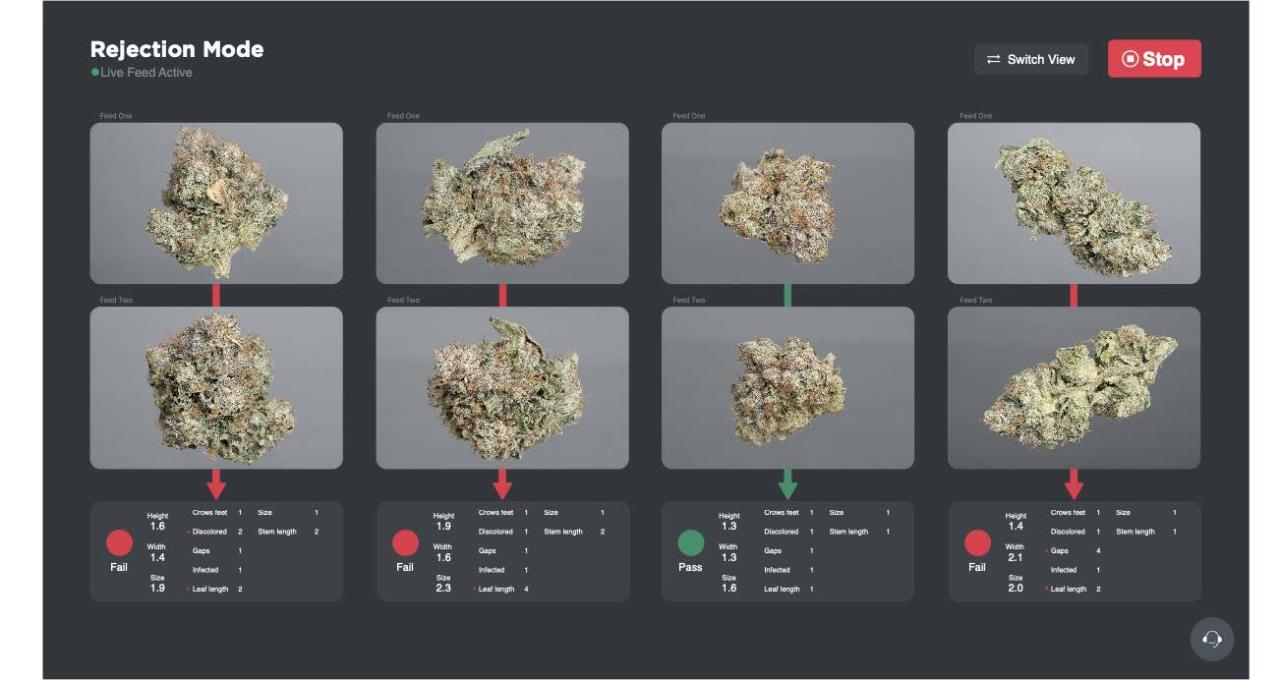
Twister technology, with its potential to revolutionize various sectors, is constantly evolving. Emerging trends and advancements are shaping the future of this technology, leading to innovative applications and societal impact.
Micro-Twisters
Micro-twisters, a recent development in twister technology, offer enhanced precision and control. These miniature twisters are smaller in size and capable of operating in confined spaces. Their compact design allows for integration into various systems and applications, expanding the scope of twister technology.
- Increased Precision: Micro-twisters enable precise manipulation of objects at the micro-scale, opening new possibilities in fields like microfluidics, microelectronics, and nanotechnology.
- Enhanced Control: Advanced control systems allow for precise manipulation and control of micro-twisters, enabling complex tasks and intricate operations.
- Miniaturization: The compact size of micro-twisters allows for integration into existing systems and devices, enabling miniaturization and portability.
Micro-twisters are expected to play a significant role in advancing fields such as:
- Microfluidics: Micro-twisters can be used to manipulate and mix fluids at the micro-scale, enabling the development of miniaturized analytical devices and lab-on-a-chip technologies.
- Microelectronics: They can be employed for precise manipulation and assembly of components in microelectronics manufacturing, leading to smaller and more efficient electronic devices.
- Nanotechnology: Micro-twisters can be used to manipulate and assemble nanomaterials, enabling the development of advanced nanomaterials with novel properties.
Conclusive Thoughts

As twister technology continues to evolve, its impact on various sectors is expected to grow significantly. The future holds exciting possibilities for innovation and development, with ongoing research focused on enhancing efficiency, expanding applications, and addressing potential challenges. Twister technology stands poised to reshape industries and contribute to a more sustainable and prosperous future.
Twister technology is revolutionizing the way we experience sound, and it’s not just about making things louder. Companies like Quiet Technologies are leading the charge with innovative products like the quiet technologies halo headset , which uses twister technology to deliver an immersive and personalized audio experience.
This technology is pushing the boundaries of what’s possible with sound, and it’s only a matter of time before we see it integrated into even more everyday devices.

